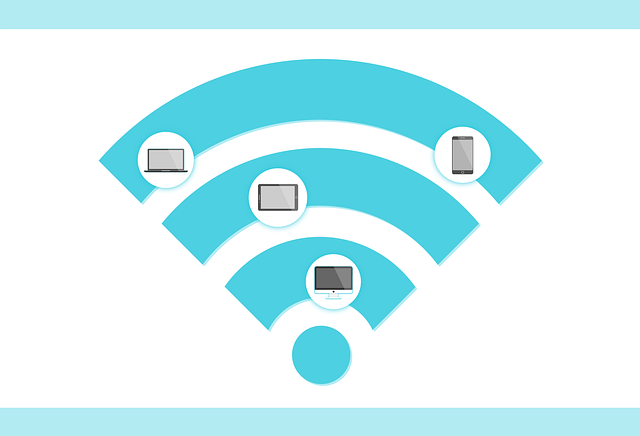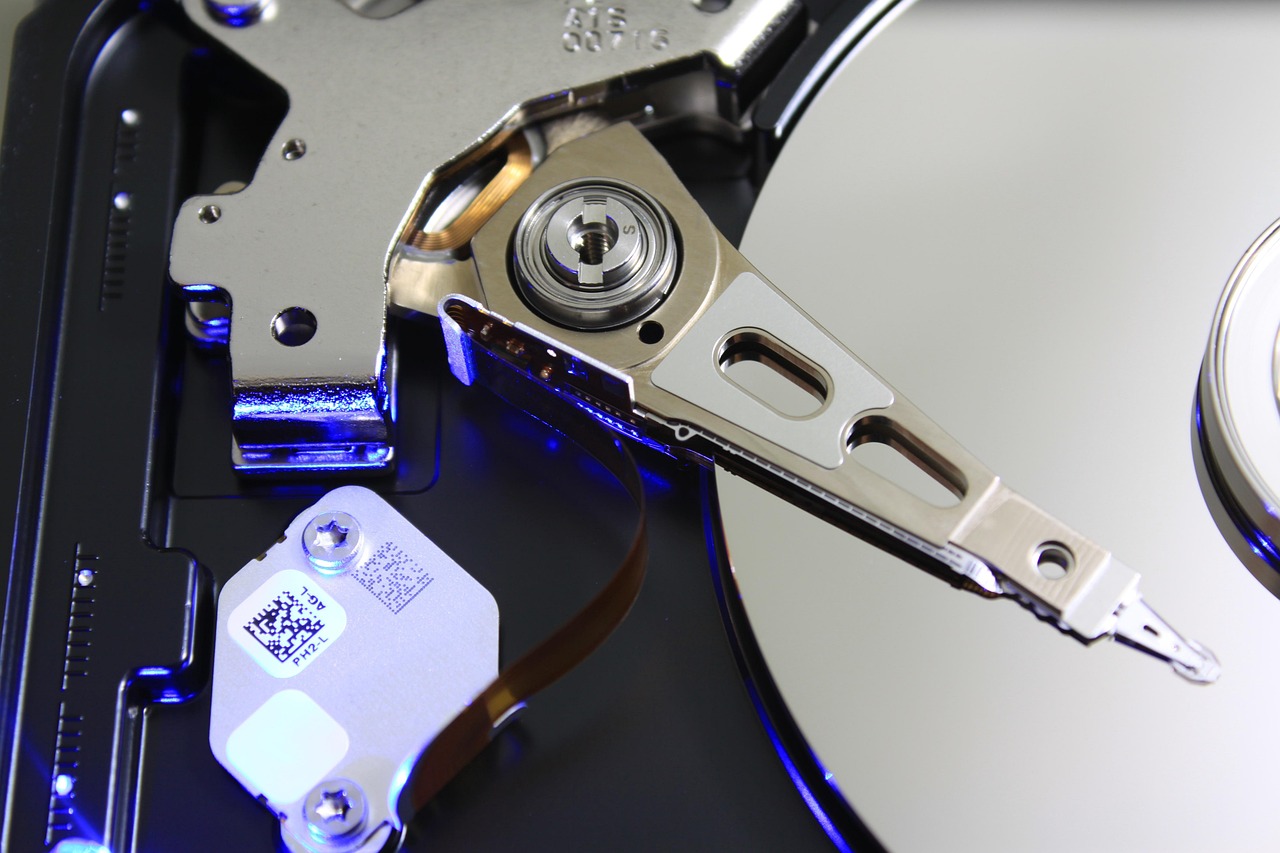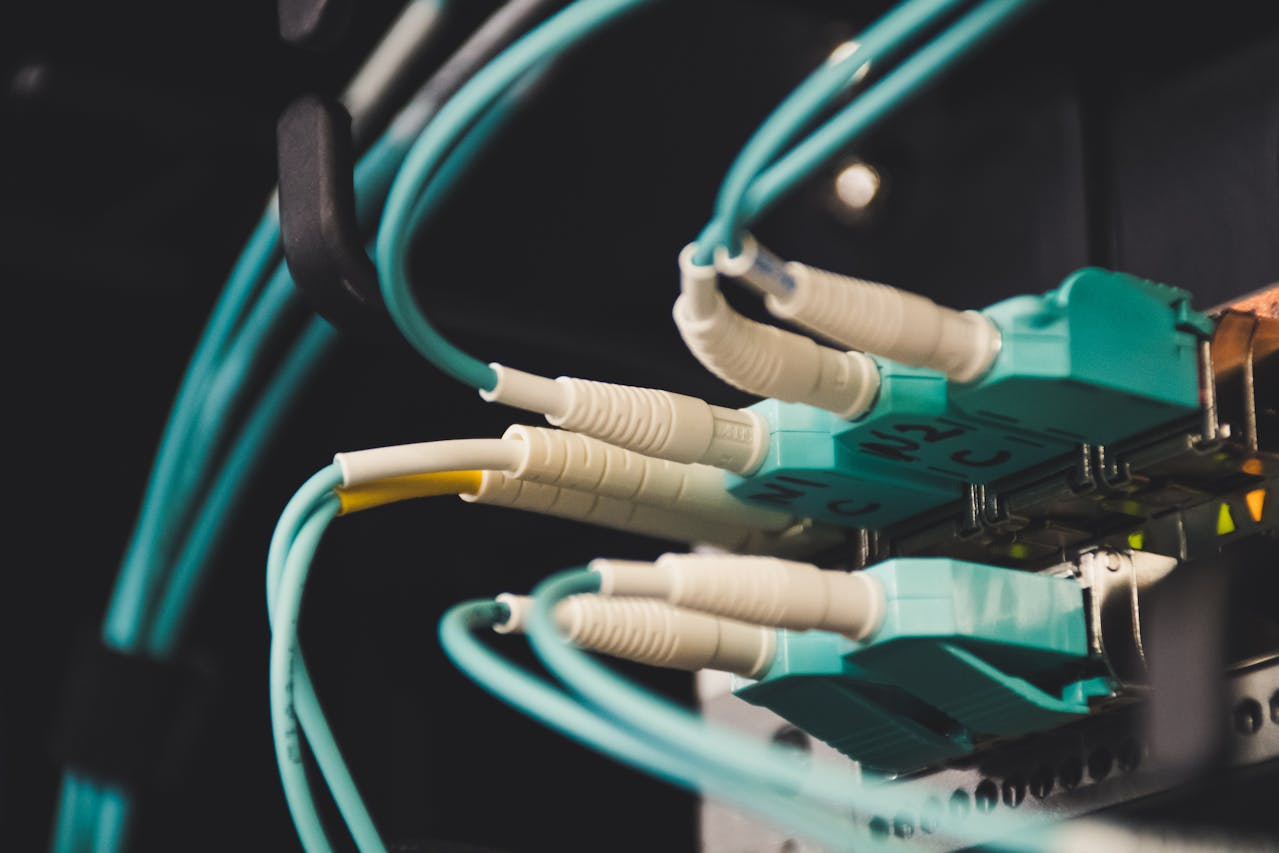1. Check the Basics (Battery Status etc.)
Modern-day cell phones are programmed to switch to energy-saving mode whenever the battery is below a set percentage, say 25%. This setting works by limiting processing power, which sometimes affects its signal and network status.
Low battery could thus be the reason you cannot make clear calls or even access fast internet on the phone. Plugging and letting it charge is one of the simplest ways to fix the issue. You might, however, need to toggle some settings to help conserve power. Some of the recommended tricks for improving your phone’s battery efficiency include:
- Turn NFC and Bluetooth functions off whenever not in use
- Make sure you are running on the latest firmware
- Lower your screen brightness
- Restrict apps from running in the background
- Disable push notifications
- Bring a travel charger or power bank whenever heading out.
2. Check and Confirm Device Settings
Depending on the phone, some settings can affect its ability to register cell signals, which is why you might want to check these first. A simple setting such as Flight Mode disables the phone’s antennas, leaving you with no cell and Wi-Fi service until turned off. Next, you’ll want to confirm the date and time on the phone and ensure it is correct. Time mismatch with the carrier can trigger glitches with the device/service.
In addition to disabling “flight mode,” check to see if the device is configured to connect to the most preferred network. Restricting your device to connect only to 5G or 4G could be why you can’t get any signal. Let the device decide the best signal to connect to for optimal performance. Simply resetting the device’s network settings could solve such issues.
Issues with your SIM card could also be a reason you can’t get/register to any network. If all settings are correct, but you still get no service, try ejecting the SIM card, wiping it clean, and then inspecting it for damage. Dirt on the SIM terminals can make it hard for the phone to read and register.
3. Check for Signal Interference
Specific forms of signal interference (terrain, building materials, etc.) are almost impossible to fix unless you change location. By requesting a desktop survey you can figure out whether your location needs a network boost or not.
If this isn’t the case, you might want to look for objects generating signal interference, especially electronic devices. Some electrical devices may generate electrical interference making it quite hard for cell signals to pass through.
The Microwave or even Wi-Fi signal broadcasters are some of the main culprits. Turning the microwave oven off or resetting the Wi-Fi-repeater can help solve the issue for the moment. You might also want to connect to your home’s Wi-Fi network if using data services.
Smart IoT (internet of things) is also a source of signal interference in the house. While most of these are convenient, they could be the reason your cell service is always poor in the house. Clearing tech clutter in the house and only keeping these devices in certain rooms could help improve the situation.
4. Consider a Femtocell
This is simply a miniature cell signal amplifier that can be used in the house. Femtocells are mostly recommended for focused locations, such as offices or homes. It is worth noting that this device simply converts existing internet connections into limited but usable cellular service. They are mostly recommended for those connected to high-speed broadband but who experience weak cell signals. Femtocell is an excellent option, especially if your provider doesn’t support Wi-Fi calling.
These are 4 of the best ways to boost cell signal service at home or in the office. Playing around with your phone’s network settings, such as toggling flight mode ON and OFF, or restarting the device, almost always works for many. Try it today.



